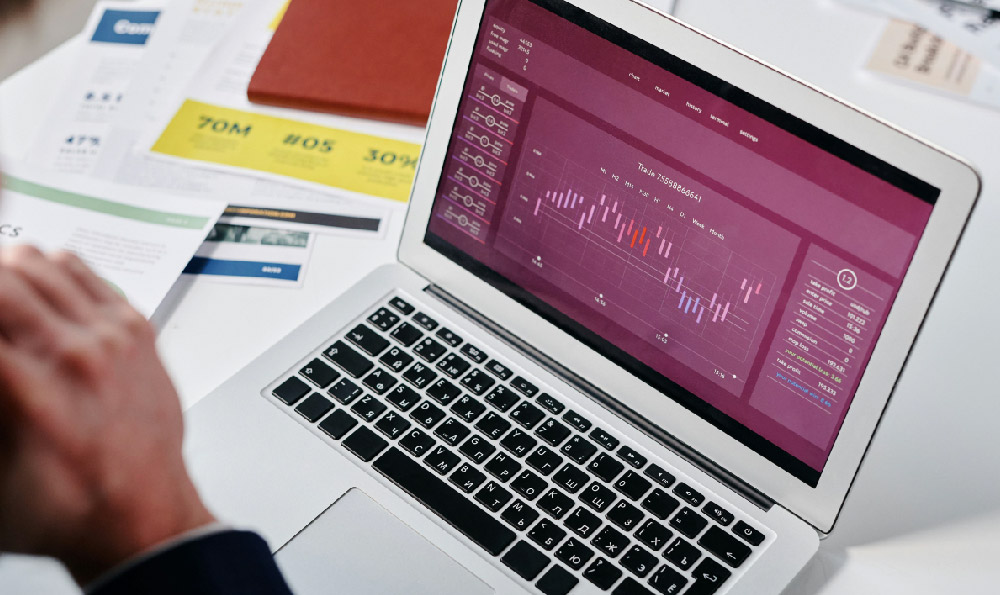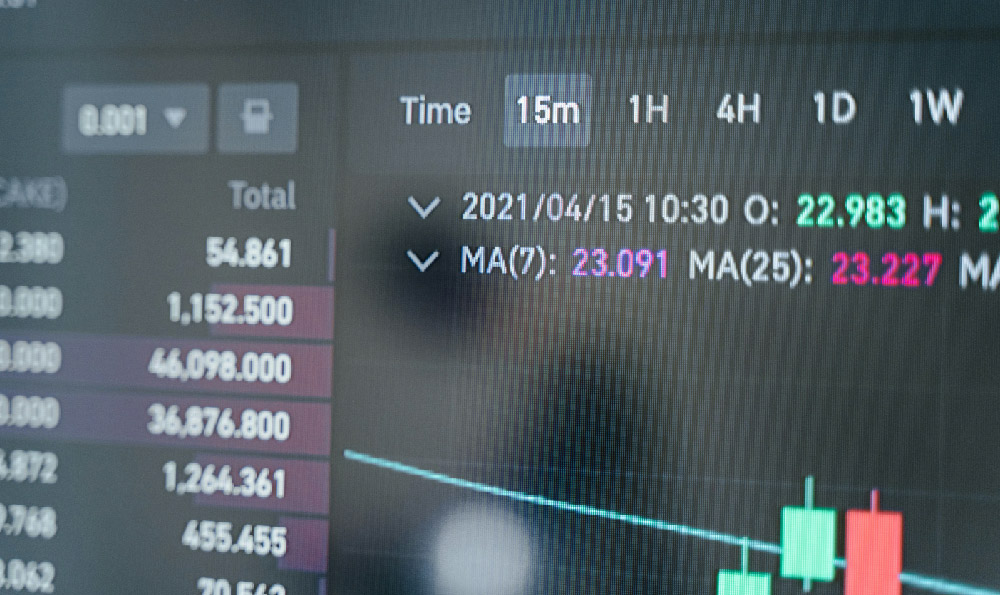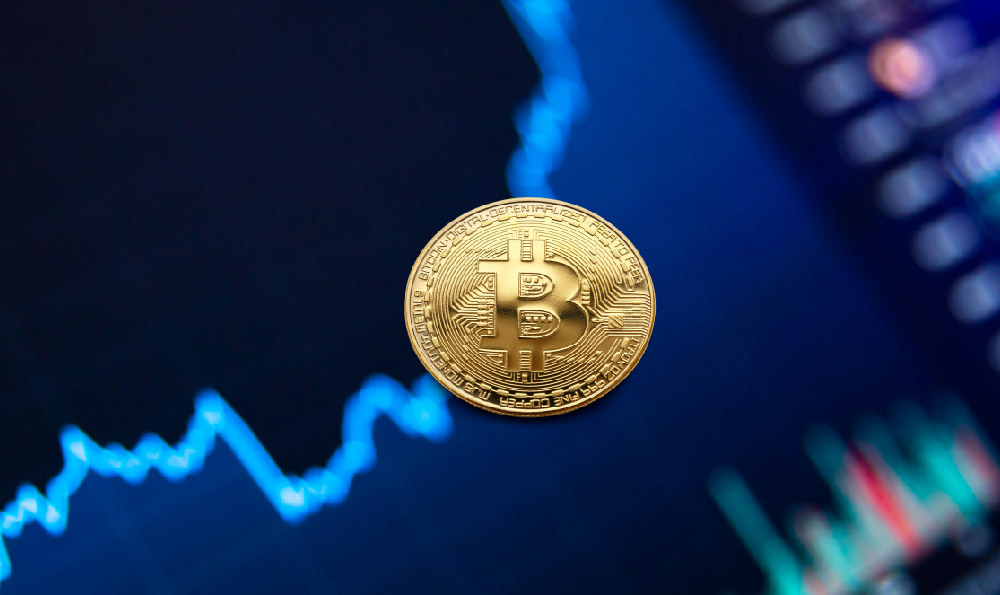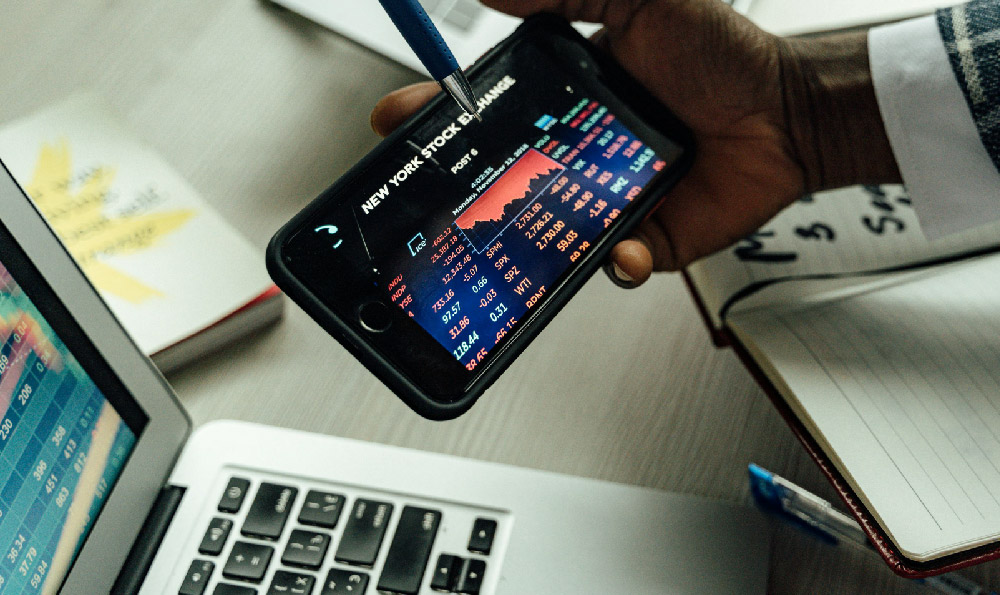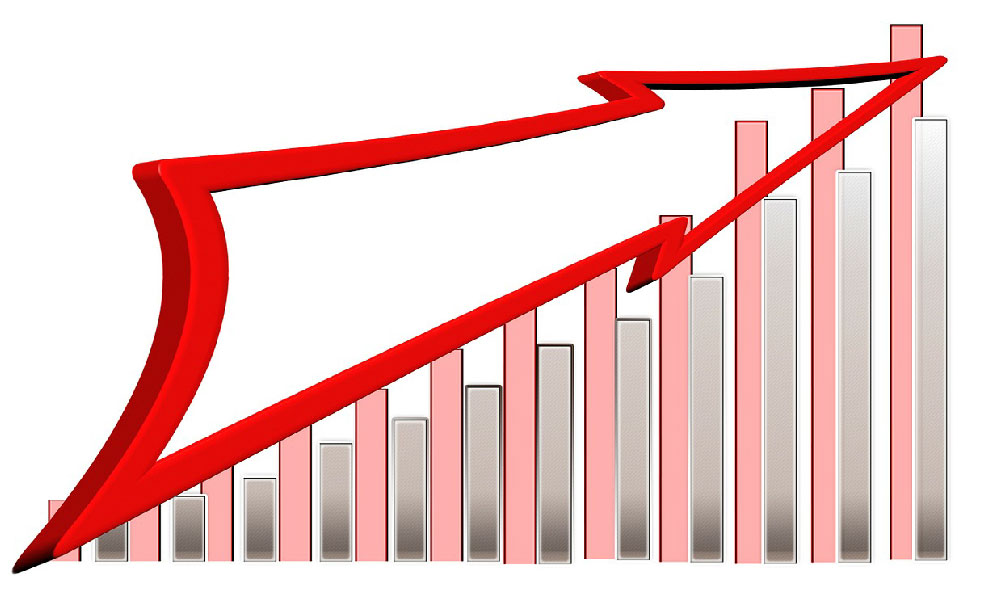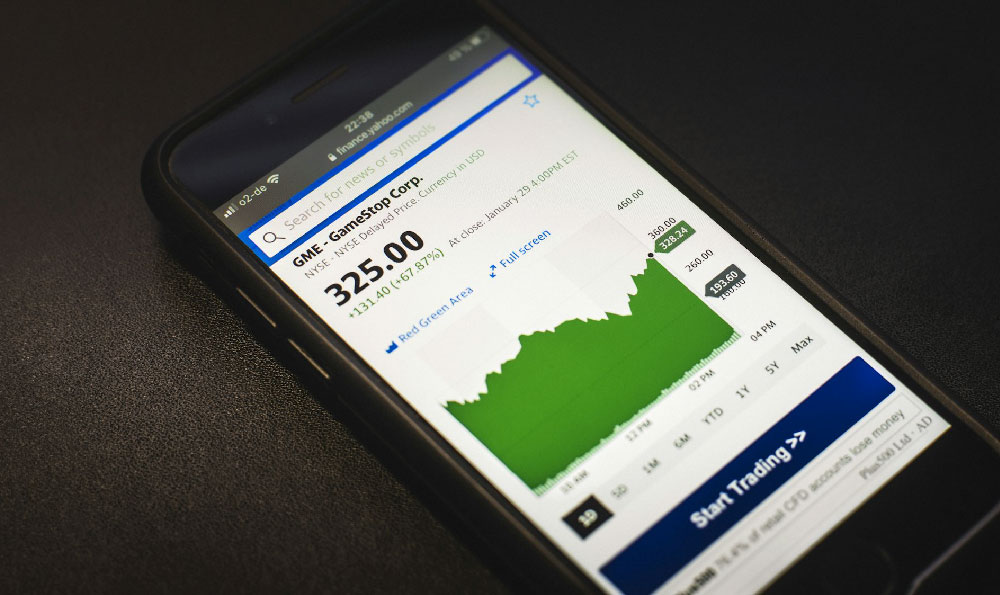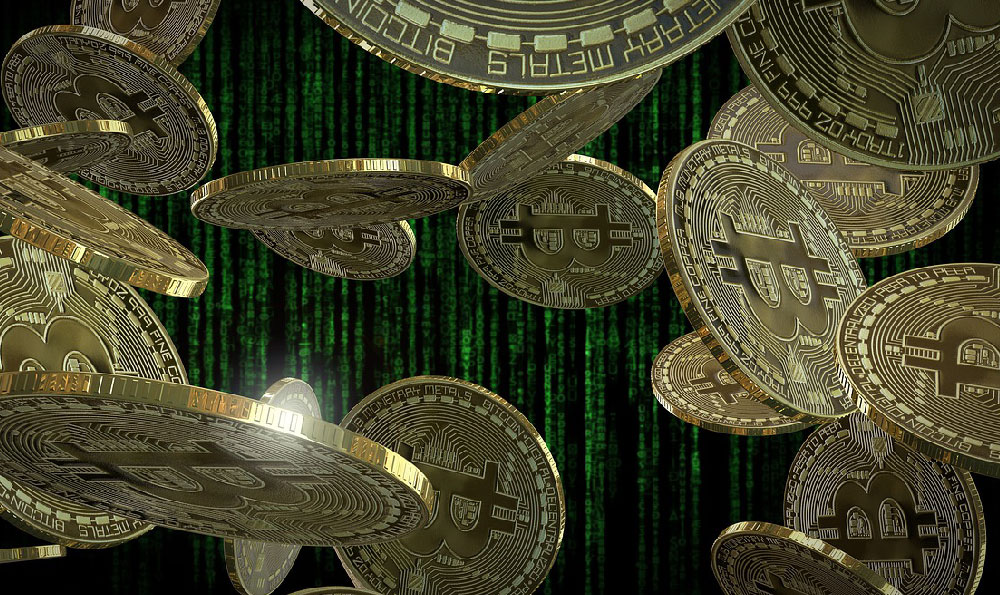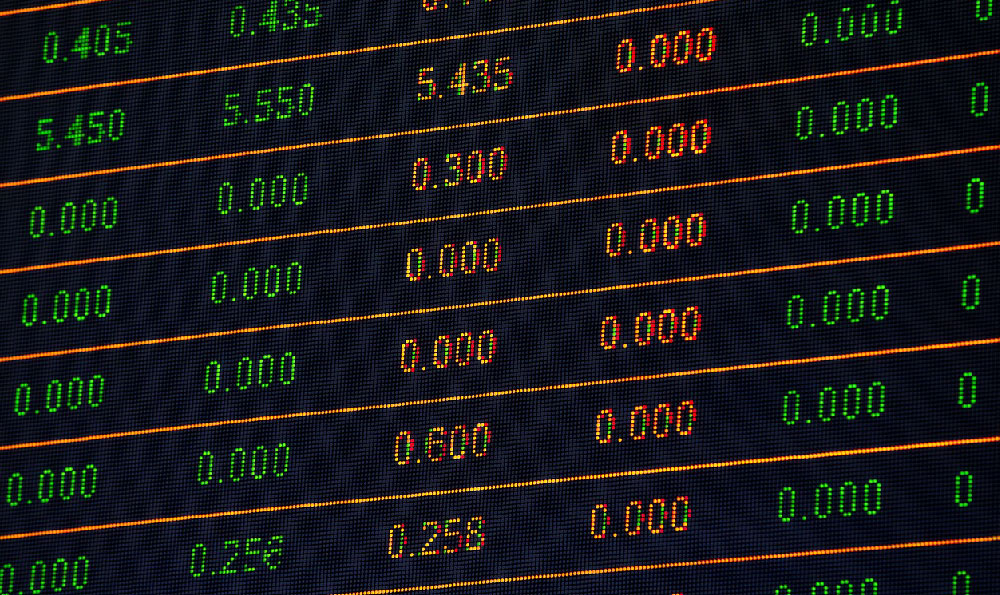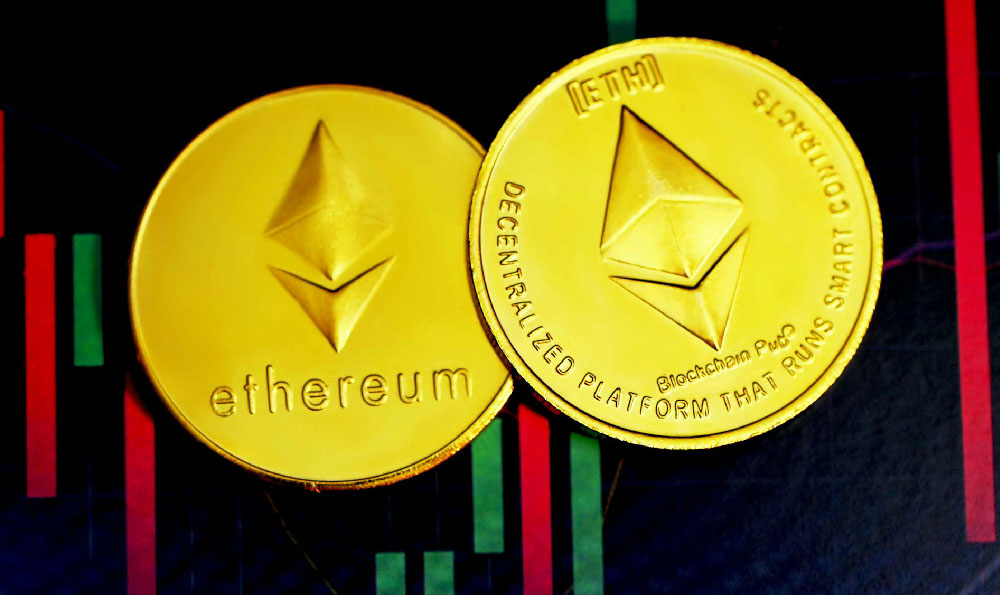Gold and silver have long been considered safe-haven assets, especially during times of economic uncertainty and market volatility. Investing in these precious metals, however, doesn't necessarily require physically purchasing bars or coins. Instead, Exchange Traded Funds (ETFs) offer a convenient and relatively cost-effective way to gain exposure to the price movements of gold and silver. Understanding how and why to invest in gold and silver ETFs requires a careful examination of market dynamics, fund structures, and individual investment goals.
Investing in Gold and Silver ETFs primarily revolves around the inherent stability and intrinsic value associated with these precious metals. Throughout history, gold and silver have acted as stores of value, maintaining purchasing power even when fiat currencies falter. This characteristic stems from their scarcity, durability, and widespread acceptance across cultures and economies. Consequently, during periods of inflation, geopolitical instability, or economic downturns, investors often flock to gold and silver as a hedge against potential losses in other asset classes like stocks and bonds. This increased demand drives up their prices, providing a potential return for investors.
Gold and silver ETFs are investment funds that track the price of these metals. They typically hold either physical gold or silver bullion or, in some cases, futures contracts related to these metals. When an investor purchases shares of a gold or silver ETF, they are essentially buying a small piece of the underlying asset. This offers several advantages over direct ownership of physical gold or silver. First, ETFs are highly liquid, meaning they can be easily bought and sold on stock exchanges. This provides flexibility and allows investors to quickly adjust their positions based on market conditions. Second, ETFs eliminate the need for secure storage and insurance, which can be costly and logistically challenging for physical bullion. Third, ETFs offer fractional ownership, allowing investors with limited capital to participate in the gold and silver markets.

The "How" of investing in gold and silver ETFs involves several key steps. The first step is to conduct thorough research. Investors should carefully examine the different gold and silver ETFs available on the market, paying attention to factors such as expense ratios, tracking error, and the fund's underlying holdings. Expense ratios represent the annual fees charged by the fund to manage its assets. Tracking error refers to the difference between the fund's performance and the performance of the underlying commodity index it is designed to track. A lower expense ratio and a smaller tracking error generally indicate a more efficient and cost-effective fund.
Once you've identified suitable ETFs, you need to open a brokerage account that allows you to trade ETFs. Many online brokers offer commission-free trading of ETFs, making it even more accessible for individual investors. After your account is set up and funded, you can simply place an order to buy shares of the chosen gold or silver ETF, just like you would with any other stock.
Determining the appropriate allocation to gold and silver ETFs within your overall portfolio is a critical consideration. There is no one-size-fits-all answer, as the ideal allocation will depend on your individual risk tolerance, investment time horizon, and financial goals. However, a common approach is to allocate a small percentage of your portfolio to gold and silver, typically ranging from 5% to 15%, as a diversification tool and hedge against market volatility. It's important to remember that gold and silver, like any investment, are not immune to price fluctuations. Their prices can be influenced by a variety of factors, including interest rate changes, currency movements, and geopolitical events. Therefore, it's crucial to adopt a long-term perspective and avoid making impulsive decisions based on short-term market swings.
Furthermore, it's essential to understand the limitations of gold and silver ETFs. While they offer a convenient way to gain exposure to precious metals, they do not provide the same level of security as owning physical bullion. In the event of a financial crisis or systemic collapse, there is a theoretical risk that the ETF could be suspended or liquidated, potentially resulting in losses for investors. Additionally, some gold and silver ETFs use futures contracts to track the price of the underlying metals. This can introduce contango risk, where the price of futures contracts is higher than the spot price of the metal, resulting in a drag on the ETF's performance over time.
Before investing in gold and silver ETFs, it is prudent to consult with a qualified financial advisor. They can help you assess your risk tolerance, investment goals, and financial situation to determine whether gold and silver ETFs are an appropriate investment for you. They can also provide guidance on selecting the right ETFs and managing your portfolio to minimize risk and maximize returns. Investing in gold and silver ETFs can be a strategic move to diversify a portfolio and potentially hedge against economic uncertainty. However, it requires a thorough understanding of market dynamics, fund structures, and individual investment goals. By carefully considering these factors and seeking professional advice, investors can make informed decisions and potentially benefit from the long-term value of these precious metals. Avoiding the pitfalls of chasing quick profits and instead focusing on a well-researched, long-term strategy is paramount to success in any investment, including gold and silver ETFs. This disciplined approach, coupled with continuous monitoring of market conditions, will significantly improve the odds of achieving your financial objectives.


